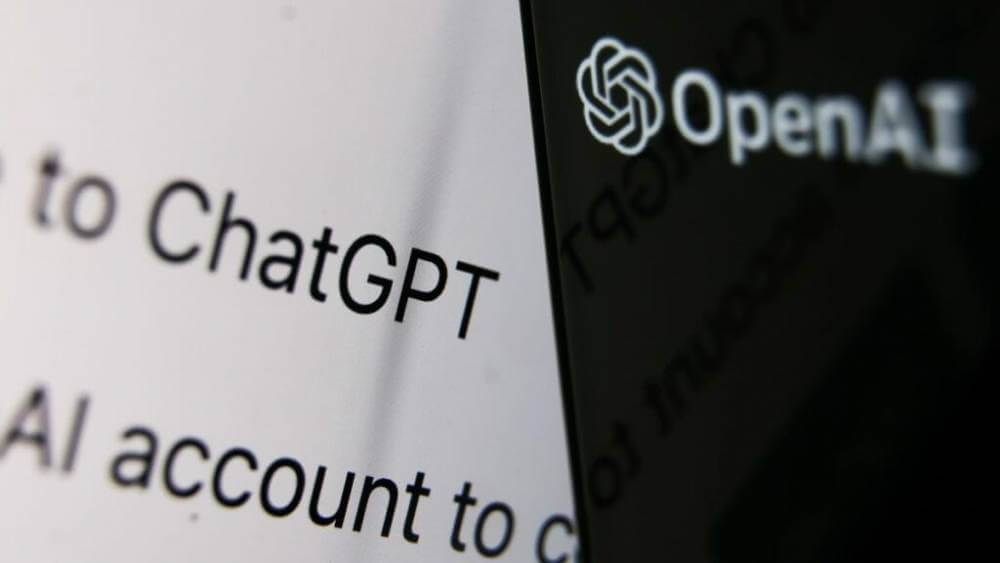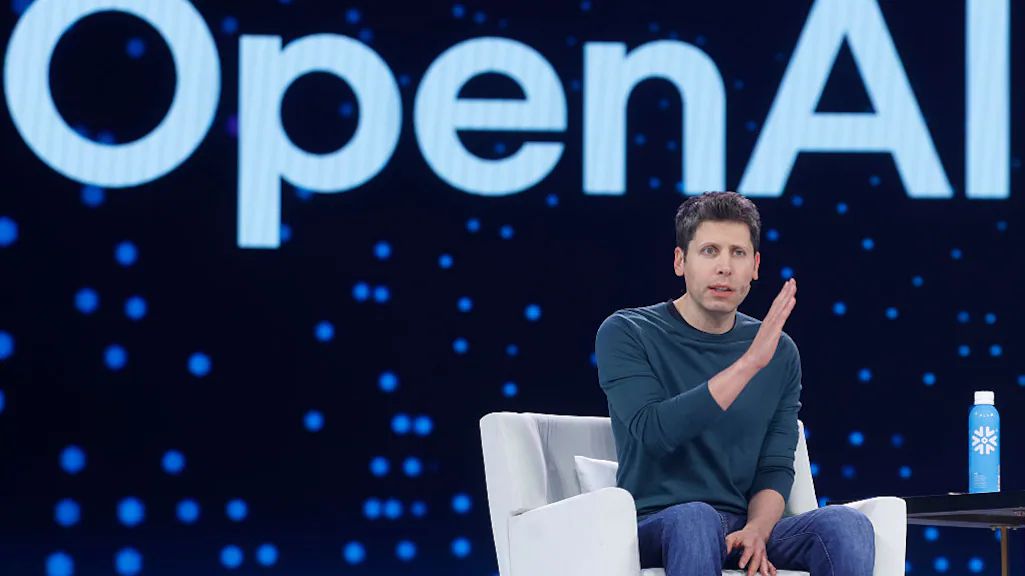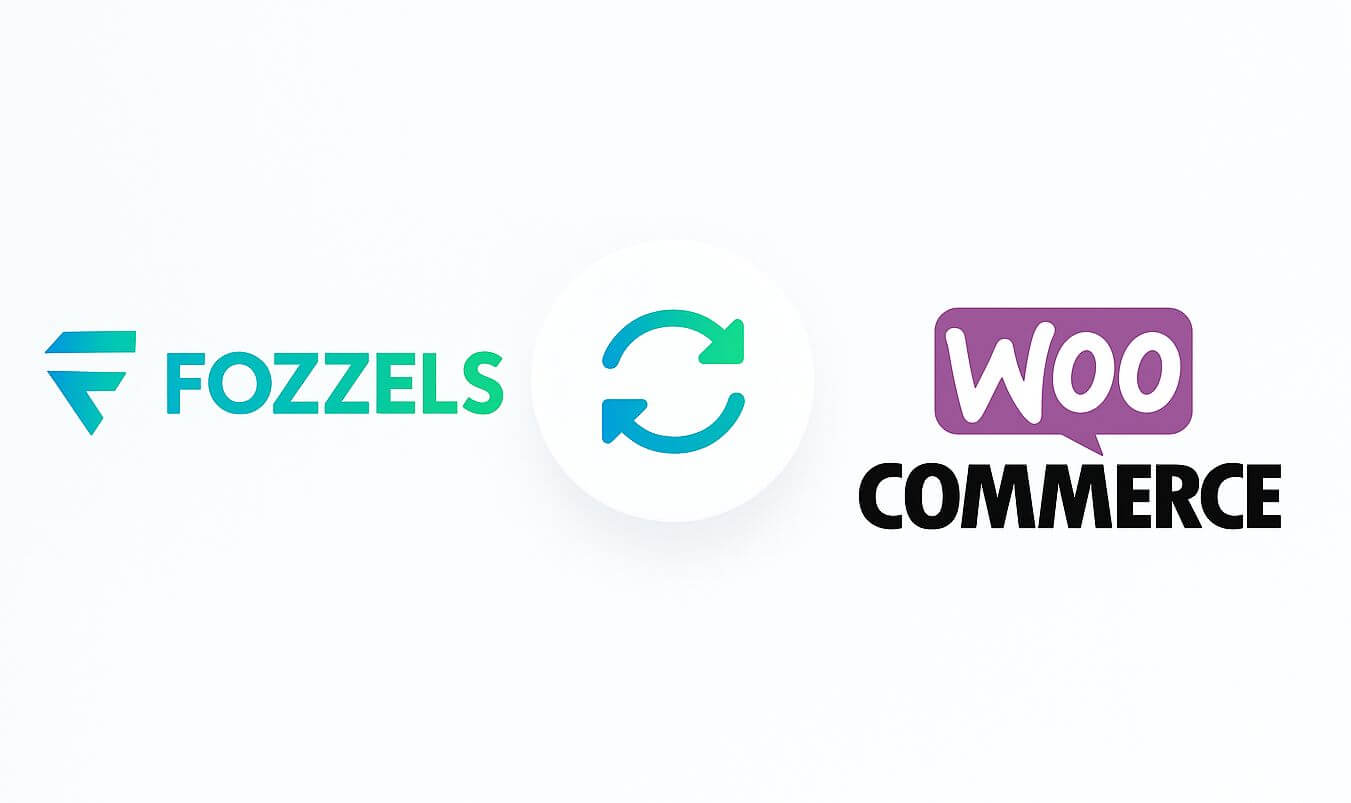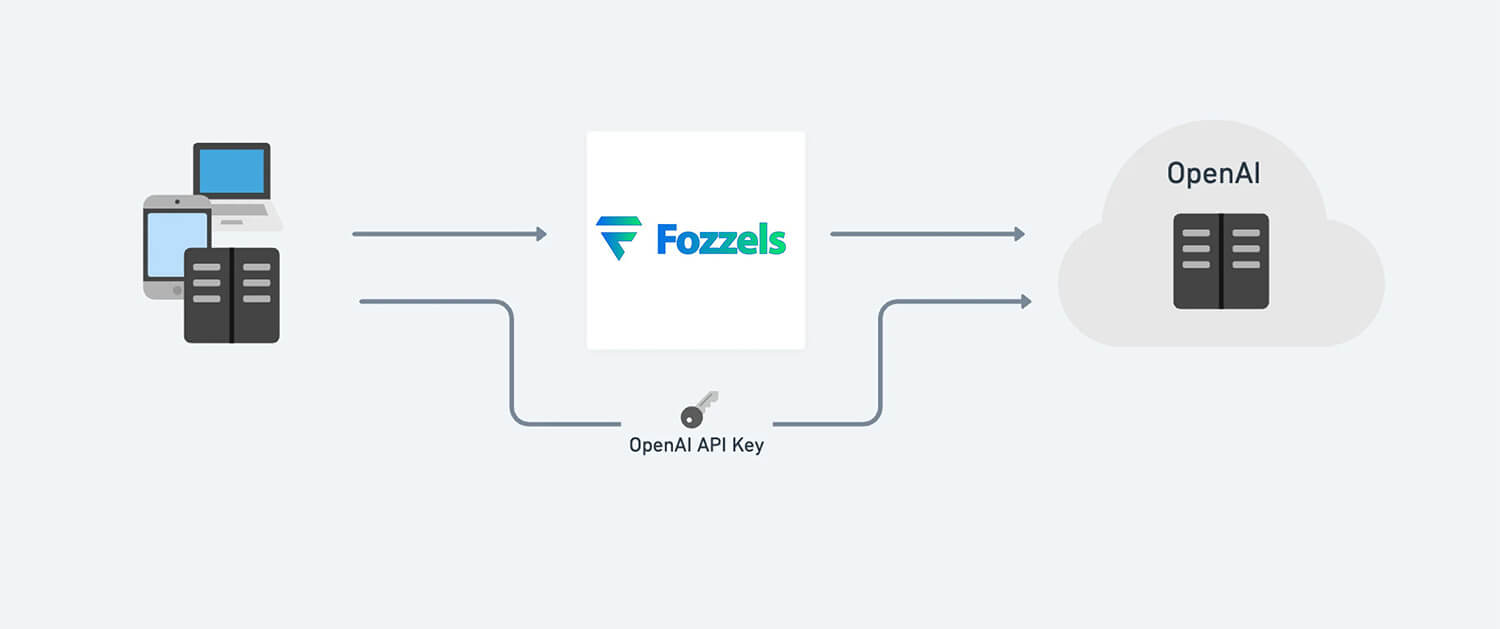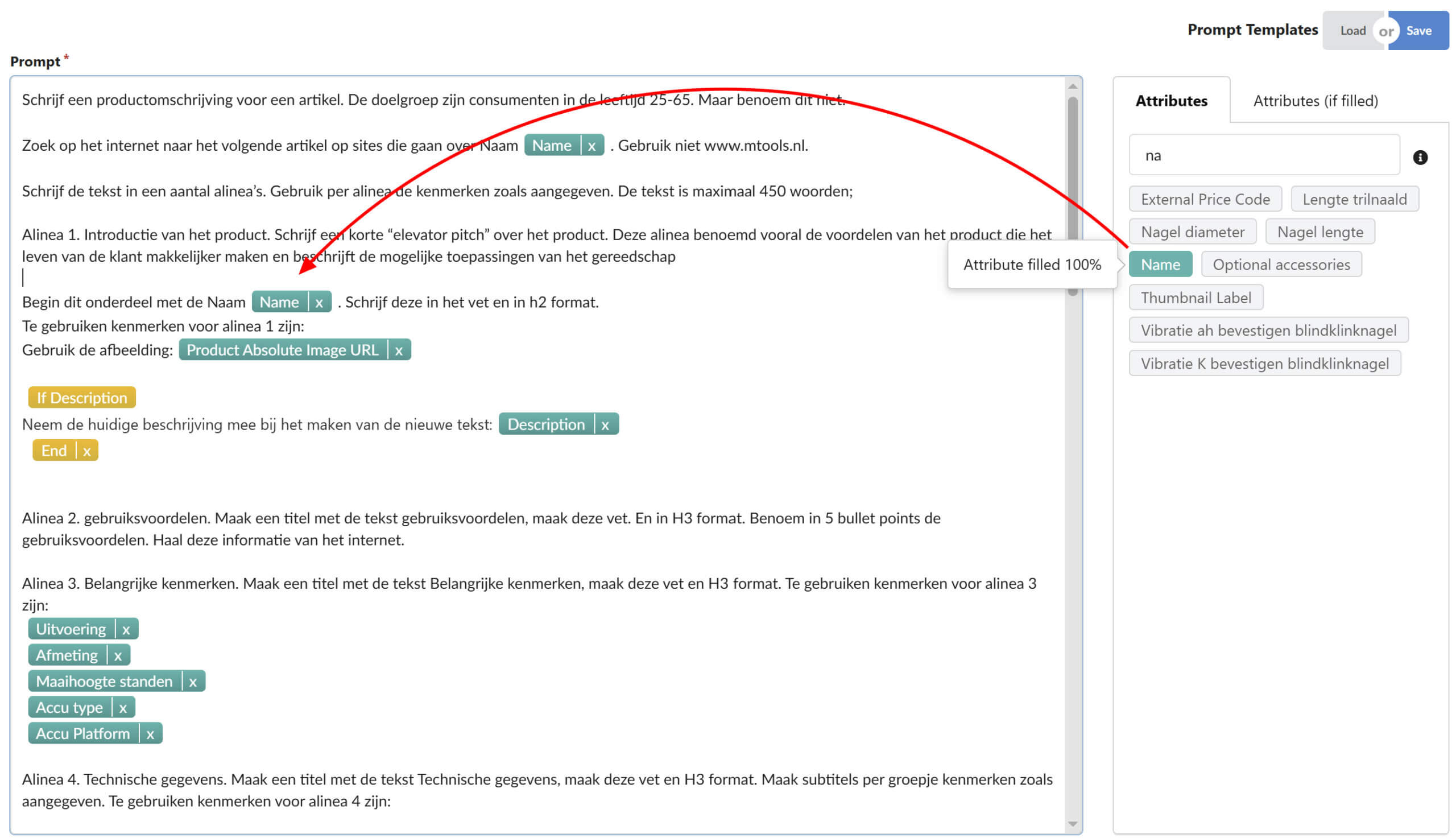Last Updated: May 2025
OpenAI’s latest API models have new pricing and capabilities. As of May 2025, the GPT-4o (Omni) series and GPT-Image-1 models have the following rates (all per the official OpenAI API pricing page openai.com). This guide covers token-based costs for each model, image-generation fees, and the cost of Web Search tool calls for GPT-4o and GPT-4.1. It also notes context-window limits and where these models are available (OpenAI or Azure).
Table of Contents
GPT-4o and GPT-4o Mini Pricing
-
GPT-4o (large model): Input tokens cost $5.00 per 1M, and output tokens $20.00 per 1 Million tokens.
-
GPT-4o Mini (small model): Input tokens cost $0.60 per 1 Million tokens, and output tokens $2.40 per 1 Million tokens. This “mini” model is designed for cost efficiency, at roughly one-third the cost of GPT-3.5 Turbo.
-
Token-cost differences: Note that output tokens are billed at higher rates – GPT-4o outputs cost 4× its input rate ($20 vs. $5) and GPT-4o mini outputs cost 4× its input rate ($2.40 vs. $0.60). This reflects the work of generating text versus receiving it.
-
Context window: Both GPT-4o and GPT-4o Mini support very large context windows (up to 128,000 input tokens, with ~16,384 output tokens). This makes them suitable for long documents or extended chats.
Both models are accessible via the OpenAI API platform.
GPT-Image-1 (Vision) Pricing
GPT-Image-1 is a multimodal model for image generation. Its pricing depends on text (prompt) tokens and image outputs:
-
Text prompts: Input tokens for GPT-Image-1 (text) are $5.00 per 1 Million tokens. There is no text-output cost when generating images (the model doesn’t return text, only images).
-
Image generation: For generating images, the prompt (text) cost is $10.00 per 1 Million tokens and image outputs cost $40.00 per 1 Million tokens.
-
Per-image fees: In addition to token charges, each generated image has a flat fee based on resolution and quality. Roughly speaking, a low-res square image costs ~$0.01, medium ~$0.04, and high-res ~$0.17 per image. (These are approximate values quoted by OpenAI for standard 1024×1024 images.)
In practice, you pay for the text prompt (at the rates above) plus the image cost. For example, asking GPT-Image-1 to create a high-quality image would bill at $10/1 Million tokens on the prompt plus ~$0.17 for the image itself. OpenAI’s API offers it under “Image Generation API” terms.
Web Search Tool Call Pricing (GPT-4o & GPT-4.1)
OpenAI’s Web Search tool (used internally by some GPT models to retrieve up-to-date info) is billed per call. For GPT-4o and GPT-4.1, the costs depend on the search context size:
-
GPT-4o/GPT-4.1 (large):
-
Low context: $30.00 per 1,000 calls
-
Medium (default): $35.00 per 1,000 calls
-
High: $50.00 per 1,000 calls
-
-
GPT-4o/GPT-4.1 Mini (small):
-
Low context: $25.00 per 1,000 calls
-
Medium: $27.50 per 1,000 calls
-
High: $30.00 per 1,000 calls.
-
These fees appear on your bill as “web search tool calls | GPT-4o” (or “GPT-4o-mini”). (GPT-4.1 shares the same pricing tiers as GPT-4o for search calls.) Higher search context sizes mean OpenAI’s system retrieves more results, hence the higher price.
Usage Notes & Model Access
-
Model availability: All above models can be used via the OpenAI API (Chat Completions/Assistants). GPT-4o and GPT-4o Mini require API access (they’re part of OpenAI’s platform). Fozzels makes use of this OpenAI API.
-
Token limits: GPT-4o/GPT-4o Mini support 128K-token inputs (outputs up to ~16K) For comparison, earlier GPT-4 models had 8K or 32K limits. This large context support is a key feature of the new “Omni” series.
-
Cost management: Remember that output tokens cost more than input tokens. For heavy usage, consider the mini model or cached inputs to save costs.
Summary: As of May 2025, GPT-4o and GPT-4o Mini token prices are $5/$20 and $0.60/$2.40 (input/output) per 1 Million tokens respectively. GPT-Image-1 prompts are $5/1M and image generation $10/1M input + $40/1M output (≈$0.01–$0.17 per image). Web-search calls for GPT-4o/GPT-4.1 run $30–$50 per 1K calls (depending on context). All rates and limits are confirmed by OpenAI’s official documentation, and models are available via the OpenAI API that Fozzels uses.
What’s a token?
You can think of tokens as pieces of words used for natural language processing. For English text, 1 token is approximately 4 characters or 0.75 words. As a point of reference, the collected works of Shakespeare are about 900,000 words or 1.2M tokens.
To learn more about how tokens work and estimate your usage: a) Experiment with OpenAI’s interactive Tokenizer tool; or b) log in to your OpenAI-account and enter text into the Playground. The counter in the footer will display how many tokens are in your text.
OpenAI offers multiple language models, each with different capabilities and price points.
Prices shown in the table are per 1 Million tokens. You can think of tokens as pieces of words, where 1M tokens is about 750.000 words.
What costs to expect for using OpenAI via Fozzels
To get a feel for the costs for automatically generating product description texts for your online store using Fozzels.com, see the table below.
Generally we see, for generating, say, a 500-word text, that on average around 625 “input tokens” are used (for the prompt), and about 725 “output tokens” are used for the generated text.
We put that in a table for you to better grasp this.
| Provider | Model | Price per 1M input tokens | Price per 1M output tokens | 625 input tokens | 725 output tokens | Price per 500-word text |
|---|---|---|---|---|---|---|
| OpenAI | GPT-4o | $2,50 | $10,00 | $0,0015625 | $0,0072500 | $0,0088125 |
| OpenAI | GPT-o1 | $15,00 | $60,00 | $0,0093750 | $0,0435000 | $0,0528750 |
| OpenAI | GPT-4.1 | $2,00 | $8,00 | $0,0012500 | $0,0058000 | $0,0070500 |
Price per 500-word generated content
Which model should I use?
o3
OpenAI o3 is OpenAI’s most powerful reasoning model that pushes the frontier across coding, math, science, visual perception, and more. It sets a new SOTA on benchmarks including Codeforces, SWE-bench (without building a custom model-specific scaffold), and MMMU. It’s ideal for complex queries requiring multi-faceted analysis and whose answers may not be immediately obvious. It performs especially strongly at visual tasks like analyzing images, charts, and graphics. In evaluations by external experts, o3 makes 20 percent fewer major errors than OpenAI o1 on difficult, real-world tasks—especially excelling in areas like programming, business/consulting, and creative ideation. Early testers highlighted its analytical rigor as a thought partner and emphasized its ability to generate and critically evaluate novel hypotheses—particularly within biology, math, and engineering contexts.
o4-mini
OpenAI o4-mini is a smaller model optimized for fast, cost-efficient reasoning—it achieves remarkable performance for its size and cost, particularly in math, coding, and visual tasks. It is the best-performing benchmarked model on AIME 2024 and 2025. In expert evaluations, it also outperforms its predecessor, o3‑mini, on non-STEM tasks as well as domains like data science. Thanks to its efficiency, o4-mini supports significantly higher usage limits than o3, making it a strong high-volume, high-throughput option for questions that benefit from reasoning.
GPT-4.5
OpenAI has released a research preview of GPT-4.5—OpenAI’s largest, and best model for chat, yet. GPT-4.5 is a step forward in scaling up pre-training and post-training. By scaling unsupervised learning, GPT-4.5 improves its ability to recognize patterns, draw connections, and generate creative insights without reasoning.
Early testing shows that interacting with GPT-4.5 feels more natural. Its broader knowledge base, improved ability to follow user intent, and greater “EQ” make it useful for tasks like improving writing, programming, and solving practical problems. OpenAI also expects it to hallucinate less.
OpenAI o1 and o1-mini
The OpenAI o1 and o1-mini models are a series of reasoning models for solving hard problems. While GPT-4o is still the best option for most prompts, the o1 series is helpful for handling complex, problem-solving tasks in domains like research, strategy, coding, math, and science.
For most use cases, especially those that involve the use of tools and vision, OpenAI recommends using GPT-4o in ChatGPT. Please note the following limitations on the OpenAI o1 and o1-mini models in ChatGPT:
OpenAI’s o1 and o3-mini models do not have access to the following advanced tools and features:
-
Memory
-
Custom instructions
-
Discovering and using GPTs
-
Voice
Switch over to GPT-4o to use the advanced tools and features listed above.
OpenAI o3-mini
OpenAI o3-mini is the latest addition to OpenAI’s reasoning series, designed to excel in coding and other advanced reasoning tasks. It offers a compelling combination of speed, efficiency, and flexibility for both production and development use cases.
Notably, o3-mini demonstrates strong coding and complex reasoning capabilities on par (or even exceed at times) o1 while delivering much faster responses on average and being a very cost-effective model. OpenAI would recommend defaulting to o3-mini as the preferred small reasoning model of choice in the o-series, which will offer improved performance, faster responses, and a range of reasoning modes.
In addition, o3-mini works with search and enables the model to find up-to-date answers with links to relevant web sources. However, please note that o3-mini does not handle vision-based tasks. For visual reasoning, o1 is still recommended.
OpenAI o3-mini will continue sharing many of the same limitations as listed above for OpenAI’s o1-series models but will be able to perform web searches.
GPT-4o
GPT-4o is OpenAI’s flagship model that can reason across audio, vision, and text in real time. GPT-4o is available in ChatGPT and the API as a text and vision model (ChatGPT will continue to have support for voice via the pre-existing Voice Mode feature) initially. Specifically, GPT-4o is available in ChatGPT Free, Plus, Pro, Team, and Enterprise, and in the Chat Completions API, Assistants API, and Batch API.
GPT-4.1
GPT-4.1 is a specialized model that excels at coding tasks. Compared to GPT-4o, it’s even stronger at precise instruction following and web development tasks, and offers an alternative to OpenAI o3 and OpenAI o4-mini for simpler, everyday coding needs.
GPT-4.1 mini
GPT-4.1 mini is a fast, capable, and efficient small model and excels in instruction-following, coding, and overall intelligence. GPT-4.1 mini is available in the model picker under “more models” for paid users, and will serve as the fallback model for free users once they reach their GPT-4o usage limits.

